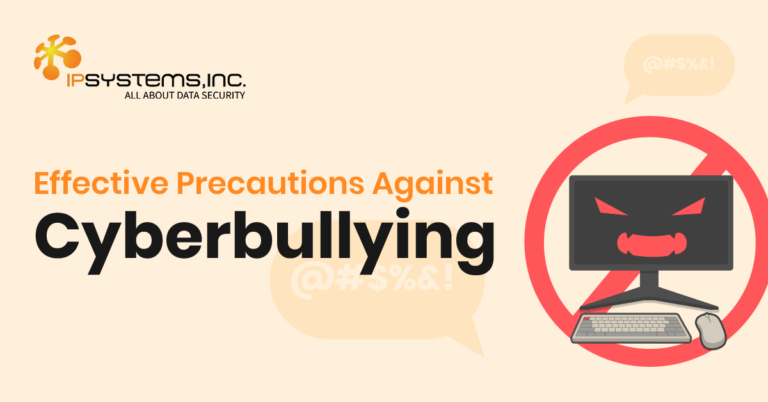
Innovating your Business with Green Data Centers
Blog: Innovating your Business with Green Data Centers Data centers are centralized facilities equipped with essential hardware like servers, storage devices, and networking equipment.

Oftentimes, organizations get victimized by malicious actors through the vulnerabilities in their IT infrastructure. Although all software products are thoroughly tested before deployment, vulnerabilities are still a common occurrence. One of the ways to find additional weaknesses in a system is to use a testing technique known as “Fuzzing”.
Fuzzing is an automated software testing technique that attempts to find hackable software bugs by randomly feeding unexpected inputs and data into a computer program to find security loopholes. This is a common process both for hackers seeking vulnerabilities to exploit and defenders trying to find and fix them.
It helps security professionals identify weak spots that can be attacked by SQL Injection, Buffer Overflow, Denial of Service (DoS), and Cross-Site Scripting. These techniques are often used by malicious hackers to disable security with the intent of either taking down the entire system or stealing information. However, Fuzzing also has its downsides. It's less effective for dealing with security threats that do not cause program crashes, such as Spyware, some viruses, worms, Trojans, and Keyloggers.
A fuzz testing platform usually has three components – The Poet, The Courier, and The Oracle.
The Poet starts the process. An effective Poet must be clever enough to come up with test cases or data that are most likely to trigger and show bugs or weak spots. The test cases must be close to what the system expects but slightly changed in some way. Poets can be classified into four (4) types as well – Random, Template, Generational, and Evolutionary.
The Courier, from its name, is the one responsible for delivering the test cases created by the Poet to the target software. Fuzzing encompasses a variety of disciplines, each with their own challenges. It can be delivered in four (4) different ways – Network Protocol Fuzzing, File Fuzzing, API Fuzzing, and User Interface Fuzzing.
The oracle determines whether a test case passes or fails. This is helpful because knowing when a failure has occurred is crucial to the success of fuzzing. Using multiple methods to check for target failure also increases the likelihood of detecting failures when they occur in the future. There are four (4) categories of Fuzzing Failures – Crashes, Endless Loops, Resource Leaks, and Unexpected Behavior.
Fuzzing can be classified based on both how they generate test cases and how much is known about the system being tested.
Mutational Fuzzing involves taking an input that was previously accepted by a system and making minor mutations to it. This allows accepted inputs to be generated without prior knowledge of the accepted format. Meanwhile, Generational Fuzzing creates new inputs with prior knowledge of the accepted format. The idea of generational fuzzing is to keep the overall structure of a code of a software, but also test only a selected part of it.
The difference between dumb and smart fuzzing is that Dumb Fuzzing involves feeding the target system with a large volume of random inputs. These inputs aren’t verified on their acceptability and makes it easier to implement without knowing anything about the software. Although this makes it also highly inefficient as most of them get rejected. Smart Fuzzing, however, involves generating inputs that are likely to be accepted by the target system. It requires prior understanding of what formats of input are accepted by the target system and generates a large amount of them within that format. This requires more effort and product knowledge to implement but is more efficient.
Black Box Fuzzing is used without any information about the application being tested. It is less effective but can be applied to any application even without access to the source code. This makes it a popular choice among hackers. White Box Fuzzing uses information about the application being tested to create inputs that are most likely to be accepted and uncover vulnerabilities. This technique is primarily used by software developers because it's more effective and accurate.
Here are the reasons why you should do fuzz testing on your system:
Here are the different ways cybercriminals use fuzzing to attack systems:
In this form of attack, SQL statements are sent to a system. If left unfiltered for any malicious intent, these SQL statements can allow an attacker to interact with a system’s database. Through this vulnerability, cybercriminals can steal data and modify it.
A Distributed Denial of Service (DDoS) Attack involves sending a large volume of requests to a system and overloading it enough for it to stop functioning properly. DDoS attacks are possible via fuzzing because fuzzing sometimes discovers that certain inputs require a long time to process.
When a program’s buffer is fed more data than it can handle, the result is a Buffer Overflow Attack. In this case, a hacker could be able to have the software run malicious code. Data can be stolen, or unauthorized access can be obtained using this. Finding inputs that could result in a buffer overflow is done by fuzzing.
Though it can be used by malicious actors, Fuzzing is still a fundamental way an organization can know about the vulnerabilities in their system. Fuzzing helps prevent zero-day attacks and can get you up to speed on what security gaps you need to fill to fully protect your organization’s system.
If you want to know more about how your organization can benefit from fuzzing, contact one of our experts today!



Blog: Innovating your Business with Green Data Centers Data centers are centralized facilities equipped with essential hardware like servers, storage devices, and networking equipment.

Blog: CCTVs: A must-have for every organization Nearly every business and organization, regardless of size, has already implemented CCTV Services within their premises because

Blog: Combating Bullying in Digital Classrooms: Empowering Students for a Safer Learning Environment Bullying is a pervasive issue that inflicts emotional, psychological, and physical